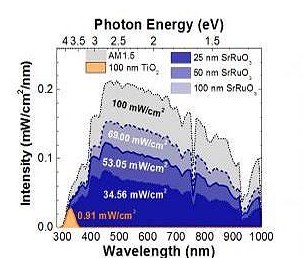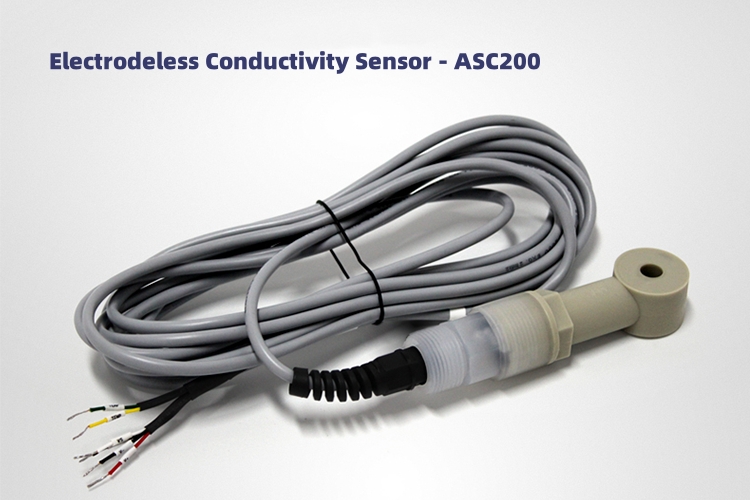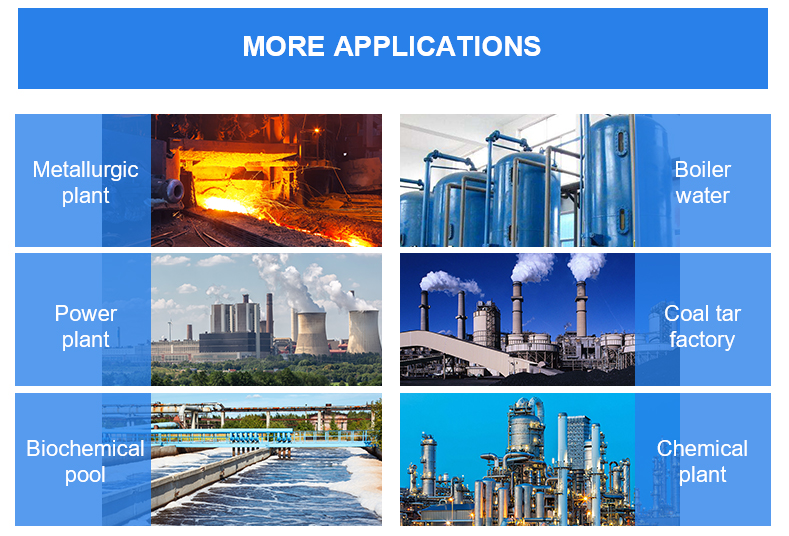According to Lane Martin, an assistant professor in materials science and engineering at the University of Illinois, the development of next-generation solar energy systems begins with finding ways to better utilize solar power. He emphasizes that improving efficiency is key to unlocking new possibilities in renewable energy technology.
Martin explains, "This approach represents a completely new way of working with materials. With these innovations, we can envision a future where clean fuels are produced without carbon emissions, along with efficient wastewater treatment and environmental remediation." His team is exploring advanced materials that can enhance the absorption of visible light, making solar energy conversion more effective and sustainable.
Materials like titanium dioxide, which are classified as metal oxides, have shown great potential in boosting the absorption of visible light. By integrating condensed physics, semiconductor engineering, and photochemistry, Martin's team has developed a high-performance solar photocatalyst that combines these materials for improved efficiency.
However, one major challenge in using oxide-based systems is their limited ability to absorb visible light, especially when dealing with wide bandgap materials. Among the candidates, anatase titanium dioxide stands out due to its stability, low cost, and non-toxic nature, making it a popular choice for photocatalytic applications.
Despite its advantages, titanium dioxide still faces limitations, particularly in absorbing enough visible light. This is partly because of the presence of dye-sensitizing agents in some solar cell designs, which can hinder performance.
Sungki Lee, one of the researchers on the study, noted, "We observed that the unique electronic structure of SrRuO3 contributes to its less-than-expected optical properties. However, when combined with titanium dioxide, it significantly improves visible light absorption and overall photocatalytic activity."

Interestingly, SrRuO3 exhibits strong absorption of visible light—about 75 times greater than that of TiO2. When paired with titanium dioxide, the two materials form a heterojunction that enhances both photovoltaic and photocatalytic performance through carrier injection and structural compatibility.
Lee added, "SrRuO3 is an electronic oxide with metallic characteristics, such as temperature-dependent conductivity and ferromagnetic behavior. It can act as a conductive electrode in complex oxide heterostructures, opening up new possibilities for material design."
The researchers created a novel heterostructure by combining SrRuO3 with TiO2 using light-induced carrier injection. This new configuration not only shows promising optical properties but also enhances the photoelectrochemical performance, offering a fresh direction for improving photocatalysts and expanding the use of other metal oxides.
This breakthrough could lead to new methods for developing visible-light-sensitive materials and has already prompted a U.S. provisional patent application. The research was supported by the International Institute for Carbon Neutral Energy Research (I2CNER), the University of Kyushu in Japan, and the University of Illinois.
Petros Sofronis, a professor from the Department of Mechanical Science and Engineering at the University of Illinois, commented, "The I2CNER project brings together top energy researchers from around the world." He added, "The success of Martin’s research group demonstrates that I2CNER is more than just an international collaboration—it reflects a global effort to drive green innovation, reduce CO2 emissions, and develop sustainable energy solutions through fundamental scientific research."
Electrodeless Conductivity Sensor
Overview
Electrodeless Conductivity Sensor, also known as Electrodeless Conductivity Probe, represents an innovative measurement device designed for high-precision, contamination-free conductivity monitoring. This sensor plays a critical role in industries such as chemical processing, environmental protection, marine research, food & beverage, and pharmaceuticals, particularly suited for measuring high-conductivity liquids like seawater, industrial wastewater, and strongly corrosive solutions. Its non-contact measurement principle not only avoids common issues associated with traditional electrode sensors such as polarization, contamination, and corrosion but also significantly enhances measurement stability, reliability, and reduces maintenance costs.
Â

Â
Core Advantages of Electrodeless Technology
The most distinctive feature of Electrodeless Conductivity Sensors lies in their "electrodeless" design, which is central to their technical superiority. The sensor utilizes electromagnetic induction principle by employing two toroidal coils (transmitter and receiver) to induce current in the liquid. Since the coils are encapsulated within the sensor and do not directly contact the measured liquid, risks of electrode corrosion, polarization effects, and scaling are completely eliminated. This design enables the sensor to operate stably in harsh environments for extended periods, making it particularly suitable for applications involving strong corrosive substances like acids and alkalis.
Â
Importance of Conductivity in Water Quality Monitoring
Conductivity, measured in Siemens per centimeter (S/cm) or microSiemens per centimeter (μS/cm), is a crucial parameter characterizing a solution's ability to conduct electricity. In water quality monitoring, conductivity serves as a key indicator for assessing water purity and ionic concentration. For instance, during drinking water treatment, conductivity monitors ensure real-time tracking of source and treated water quality to meet national standards. In wastewater treatment, conductivity sensors monitor treatment efficacy to ensure discharge compliance. Additionally, conductivity monitoring finds extensive applications in marine research (e.g., seawater salinity measurement), chemical production (e.g., solution concentration control), and environmental monitoring (e.g., pollutant concentration detection).
Â
Principle, Features & Applications
Electrodeless Conductivity Sensors operate based on electromagnetic induction principle: When immersed in liquid, the transmitter coil generates an alternating magnetic field by applying AC current. The receiver coil detects induction signals proportional to the liquid's conductivity. By measuring the signal magnitude, the liquid's conductivity can be calculated. Notable features include:
- High Accuracy & Stability: Advanced digital signal processing algorithms ensure accurate and long-term stable measurements.
- Wide Measurement Range: Suitable for high-conductivity liquids like seawater and industrial wastewater.
- Corrosion & Fouling Resistance: Electrodeless design withstands strong corrosive substances, suitable for harsh environments.
- Easy Installation & Maintenance: Simple structure, convenient installation, and minimal calibration/maintenance requirements.
Applications span across various fields:
- Marine Research: Measuring seawater salinity for studying marine ecology and climate change.
- Wastewater Treatment: Monitoring industrial and domestic wastewater conductivity to ensure treatment efficacy.
- Chemical Production: Controlling solution conductivity in reaction vessels to ensure product quality.
- Pharmaceutical Industry: Monitoring water quality and solution concentration during drug manufacturing to ensure safety.

Why Choose Daruifuno Electrodeless Conductivity Sensors?
As a leader in water quality analysis instruments, Daruifuno's Electrodeless Conductivity Sensors offer distinct advantages:
- Superior Performance: Advanced electromagnetic induction technology ensures accurate and stable measurements.
- Broad Applications: Suitable for various high-conductivity liquids including seawater, wastewater, and chemical solutions.
- Robust Design: Constructed with high-quality materials for excellent corrosion resistance and mechanical strength.
- Intelligent Features: Built-in temperature sensor for automatic temperature compensation; visual alarm system for measurement safety.
- Convenient Installation & Maintenance: Simple structure, easy installation, and multiple mounting options.
With exceptional performance and wide applications, Daruifuno Electrodeless Conductivity Sensors have become the ideal choice for water quality monitoring and industrial process control. From marine research and wastewater treatment to chemical production, Daruifuno sensors provide accurate and reliable data support, empowering users to achieve more efficient and safer operations.
Electrodeless Conductivity Sensor,Electrodeless Conductivity Probe
Suzhou Delfino Environmental Technology Co., Ltd. , https://www.daruifuno.com